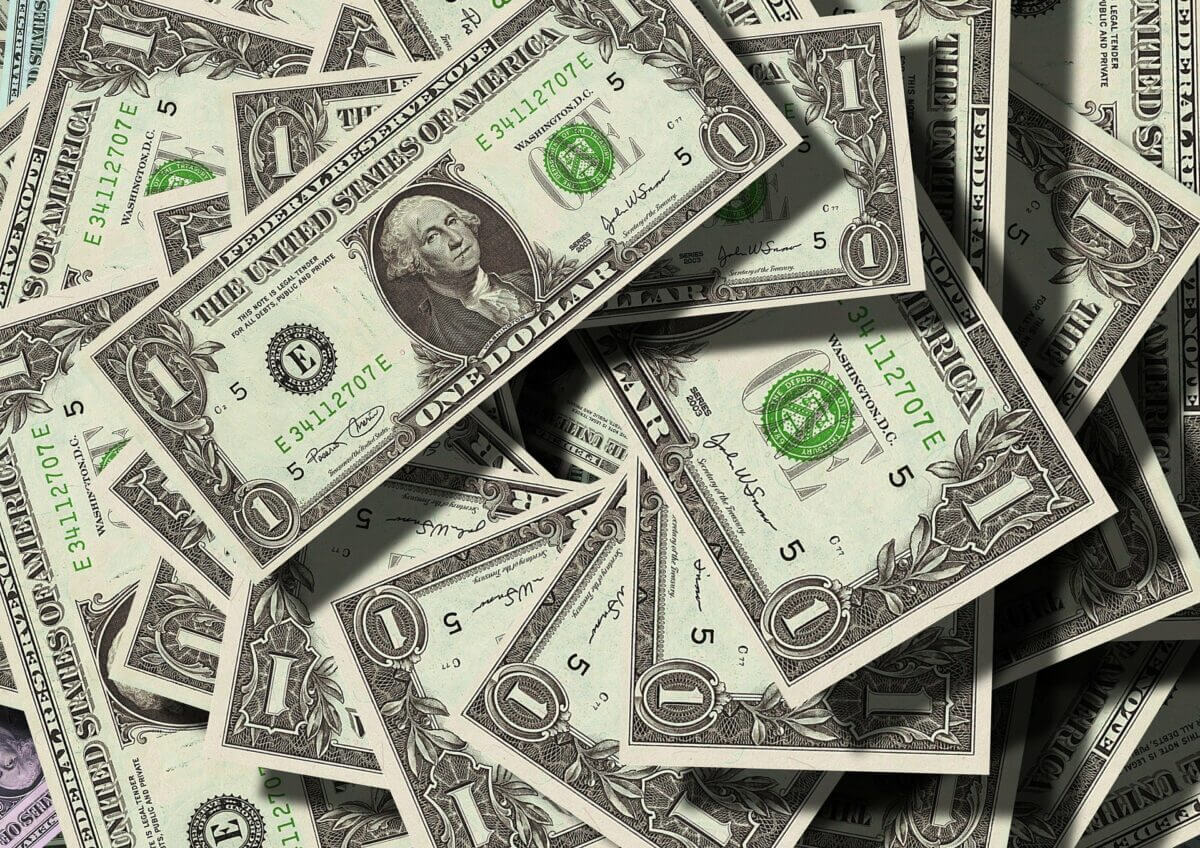
Dollar Edges Higher, But Still Wobbles
The dollar has posted small gains in early European forex trading on Monday. Although, the general trend remains one of greenback weakness amid mounting concerns about a slowing U.S. economic recovery.
Forex investors are growing anxious about the pandemic toll on the country’s economy.
At 3:05 AM ET (0705 GMT), the US Dollar Index rose 0.3% at 93.550. It was rebounding from the two-year low of 92.523 seen late last week.
Elsewhere, USD/JPY increased 0.1% at 105.98, GBP/USD decreased 0.1% at 1.3070. EUR/USD fell 0.2% at 1.1755, more than a cent below Friday’s two-year high of 1.1908.
The dollar has moved higher, but this is widely being seen as a technical reaction to its recent sharp losses. Those were mainly against the euro, and these gains could quickly be eroded.
Analysts at ING noted, the dollar heads into August under pressure, having seen its largest monthly decline in three years.
ING also said, the nature of the sell-off suggests a different dynamic is at play. This is not the benign dollar decline they had envisaged. Instead, it’s one seemingly being driven on a new risk premium being inserted into U.S. asset markets.
That is on the back of a resurgence in the U.S. Covid-19 cases. Perhaps as well, November’s presidential elections are starting to make their mark.
The U.S. has reported more than 4.6 million Covid-19 cases. It is now in a new phase of the novel coronavirus outbreak. Infections now are extraordinarily widespread in rural areas as well as cities, White House coronavirus experts said on Sunday.
The Dollar: The Second Wave of the Coronavirus
Meanwhile, Congress remains deadlocked over this next round of economic relief. This means that tens of millions of Americans have now lost a $600 per week federal unemployment supplement.
Eyes will turn to the U.S. manufacturing PMI data for July 2020. This is to see if there’s an impact from the second wave of the Covid-19 outbreak.
On Friday, Fitch placed U.S. government bonds on a negative outlook. It was citing concerns about the deterioration in the country’s public finances.
Demand for Treasuries is still strong in these turbulent times. Since the pandemic-induced market turmoil in March, bond yields have fallen to their lowest level.
In forex news, Minori Uchida, chief currency analyst at MUFG Bank said that the dollar’s decline is likely to continue. Real U.S. interest rates are decreasing even as the country is running a big current account deficit. Uchida said it’s a situation they hadn’t had for a long time.




